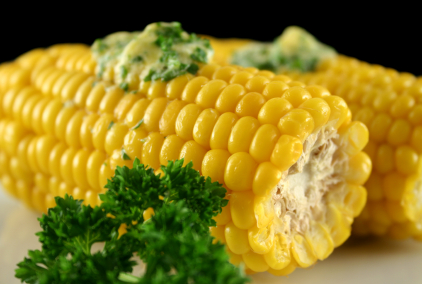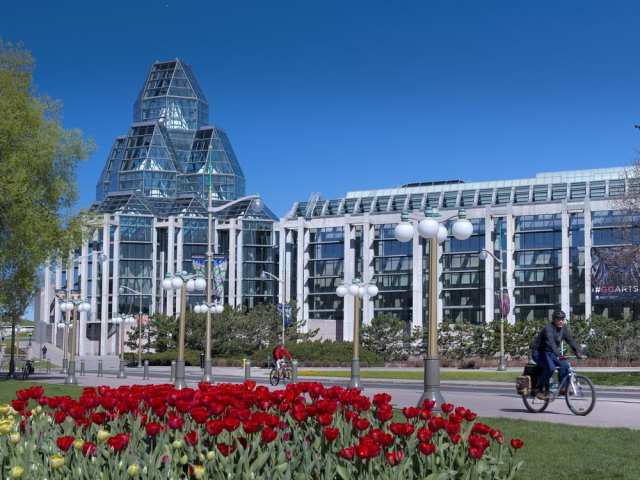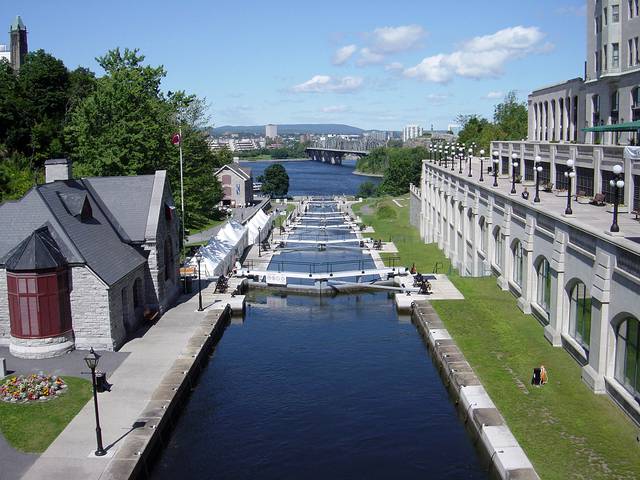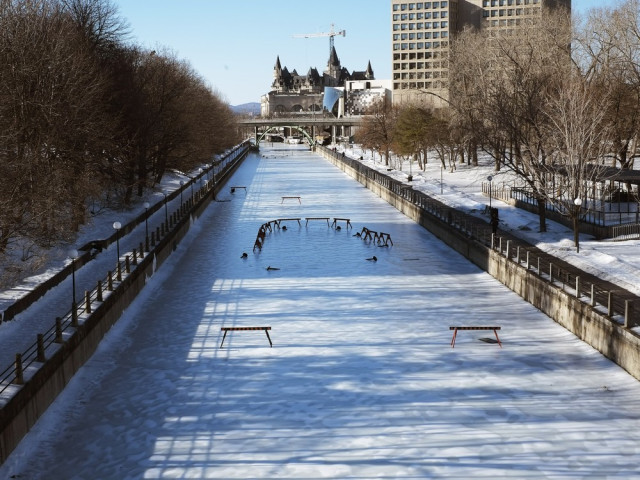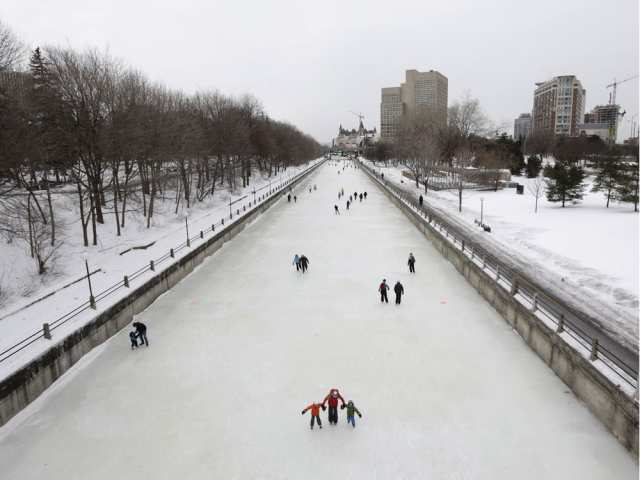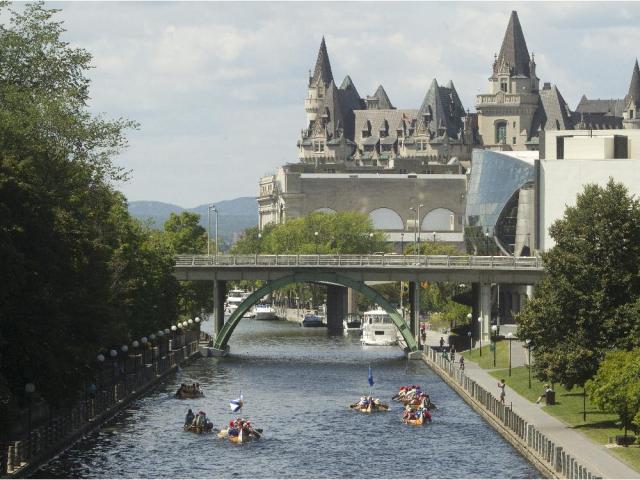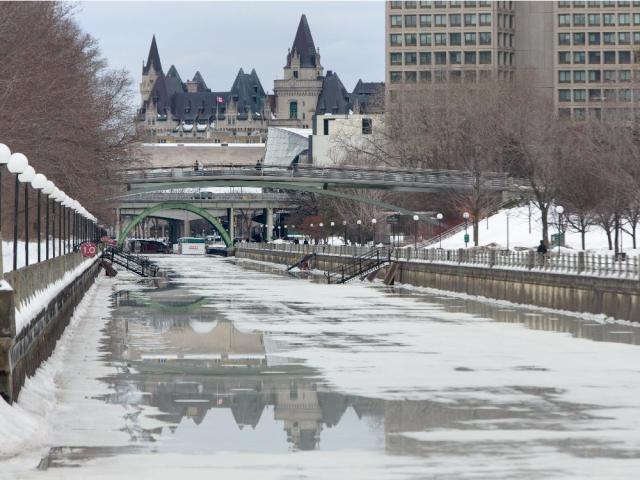Ottawa
Overview

Dollar |

45.425533, -75.692482 |

English,French |
Ottawa is Canada’s capital, in the east of southern Ontario, near the city of Montréal and the U.S. border. Sitting on the Ottawa River, it has at its centre Parliament Hill, with grand Victorian architecture and museums like the National Gallery of Canada, with noted collections of indigenous and other Canadian art. The park-lined Rideau Canal is filled with boats in summer and ice-skaters in winter.
Places to Go
National Gallery of Canada
Ultra-modern and designed by Moshe Safdie, the National Gallery of Canada is an architectural masterpiece with prism-like glass towers that echo the lines of the nearby Parliament Buildings. The glass contrasts with the mock medieval Château Laurier, yet the attraction still fits well into Ottawa's cityscape. Inside, galleries display aboriginal art, trace the development of Canadian art from religious works to the Group of Seven, explore European Impressionism, and show temporary exhibitions. The rooms of Inuit art are on the lower level under the glass-encased Great Hall. For more sightseeing, the National Gallery is well placed near many other Lower Town tourist attractions, including Notre-Dame, the Canadian War Museum, and Major's Hill Park.
Canadian Museum of Nature l
Canadian Museum of Nature takes visitors through the world of the dinosaurs all the way up to today's animal population, and also features poignant temporary exhibits. It is the national natural sciences and history museum, and the historic building (once the Victoria Memorial Museum) is the birthplace of Canada's national museums. Construction on this castle-like building was completed in 1910.
Rideau Canal
The 200-kilometer-long (but only 1.6-meter-deep) Rideau Canal, connects Ottawa with Kingston on Lake Ontario. It was originally intended as a strategic route between Montréal and Lake Ontario; the military need for which was demonstrated during the war with the United States in 1812. In summer, the canal and locks are an active waterway, and in winter, the frozen canal becomes a recreational area for skating and festivals. Château Laurier is one of the grand buildings on the canal banks. Though it has the air of a medieval castle, it was actually built in 1912 and is a prime example of how big Canadian railroad companies added grand hotels (and striking landmarks) across Canada. 12 Editor's Pick Lachine
Must Try Food


